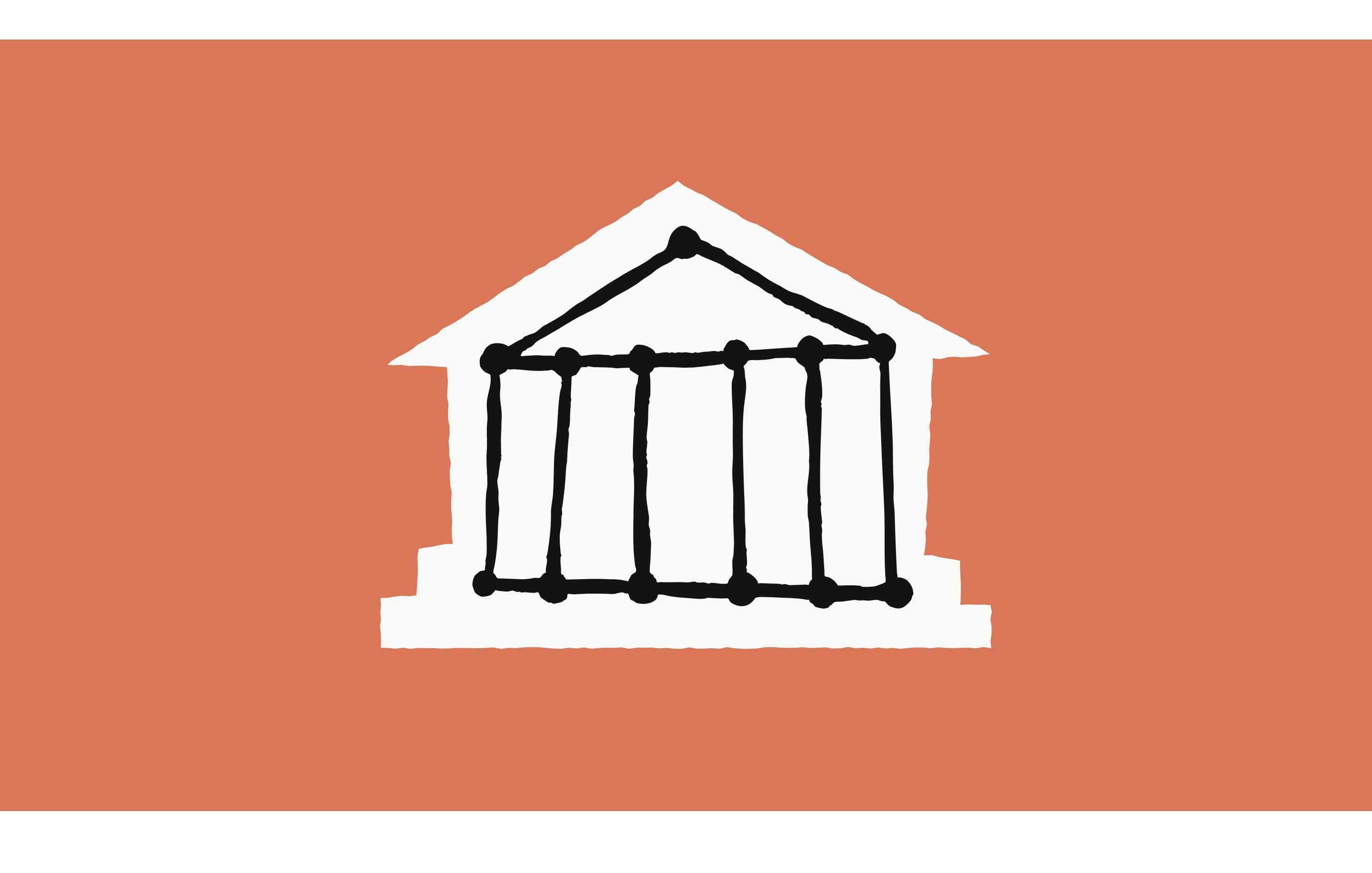Note: This is an automated crosspost from Anthropic. The bot selects content from many AI safety-relevant sources. Not affiliated with the authors or their organization and not affiliated with LW.

In response to the White House’s Request for Information on an AI Action Plan, Anthropic has submitted recommendations to the Office of Science and Technology Policy (OSTP). Our recommendations are designed to better prepare America to capture the economic benefits and national security implications of powerful AI systems.
As our CEO Dario Amodei writes in ‘Machines of Loving Grace’, we expect powerful AI systems will emerge in late 2026 or early 2027. Powerful AI systems will have the following properties:
- Intellectual capabilities matching or exceeding that of Nobel Prize winners across most disciplines—including biology, computer science, mathematics, and engineering.
- The ability to navigate all interfaces available to a human doing digital work today, including the ability to process and generate text, audio, and video, the ability to autonomously control technology instruments like mice and keyboards, and the ability to access and browse the internet.
- The ability to autonomously reason through complex tasks over extended periods—hours, days, or even weeks—seeking clarification and feedback when needed, much like a highly capable employee would.
- The ability to interface with the physical world; controlling laboratory equipment, robotic systems, and manufacturing tools through digital connections.
Our own recent work adds further evidence to the idea that powerful AI will arrive soon: our recently-released Claude 3.7 Sonnet and Claude Code demonstrate significant capability improvements and increased autonomy, as do systems released by other frontier labs.
We believe the United States must take decisive action to maintain technological leadership. Our submission focuses on six key areas to address the economic and security implications of powerful AI while maximizing benefits for all Americans:
- National Security Testing: Government agencies should develop robust capabilities to evaluate both domestic and foreign AI models for potential national security implications. This includes creating standard assessment frameworks, building secure testing infrastructure, and establishing expert teams to analyze vulnerabilities in deployed systems.
- Strengthening Export Controls: We advocate for tightening semiconductor export restrictions so as to ensure America and its allies can capitalize on the opportunities of powerful AI systems, and to prevent our adversaries from accessing the AI infrastructure that enables powerful AI. This includes controlling H20 chips, requiring government-to-government agreements for countries hosting large chip deployments, and reducing no-license-required thresholds.
- Enhancing Lab Security: As AI systems become critical strategic assets, we recommend establishing classified communication channels between AI labs and intelligence agencies, expedited security clearances for industry professionals, and the development of next-generation security standards for AI infrastructure.
- Scaling Energy Infrastructure: To stay at the leading edge of AI development, we recommend setting an ambitious target to build an additional 50 gigawatts of dedicated power by 2027, while streamlining permitting and approval processes.
- Accelerating Government AI Adoption: We propose conducting a government-wide inventory of workflows that could benefit from AI augmentation, tasking agency leaders to deliver on programs where AI can deliver significant public benefit.
- Preparing for Economic Impacts: To ensure AI benefits are broadly shared throughout society, we recommend modernizing mechanisms for economic data collection, like the Census Bureau's surveys, and preparing for potential large-scale changes to the economy.
These recommendations build on Anthropic's previous policy work, including our advocacy for responsible scaling policies and testing and evaluation. Our aim is to strike a balance—enabling innovation while mitigating serious risks posed by increasingly capable AI systems.
Our full submission, found here, offers further detail into these recommendations and provides practical implementation strategies to help the U.S. government navigate this critical technological transition.